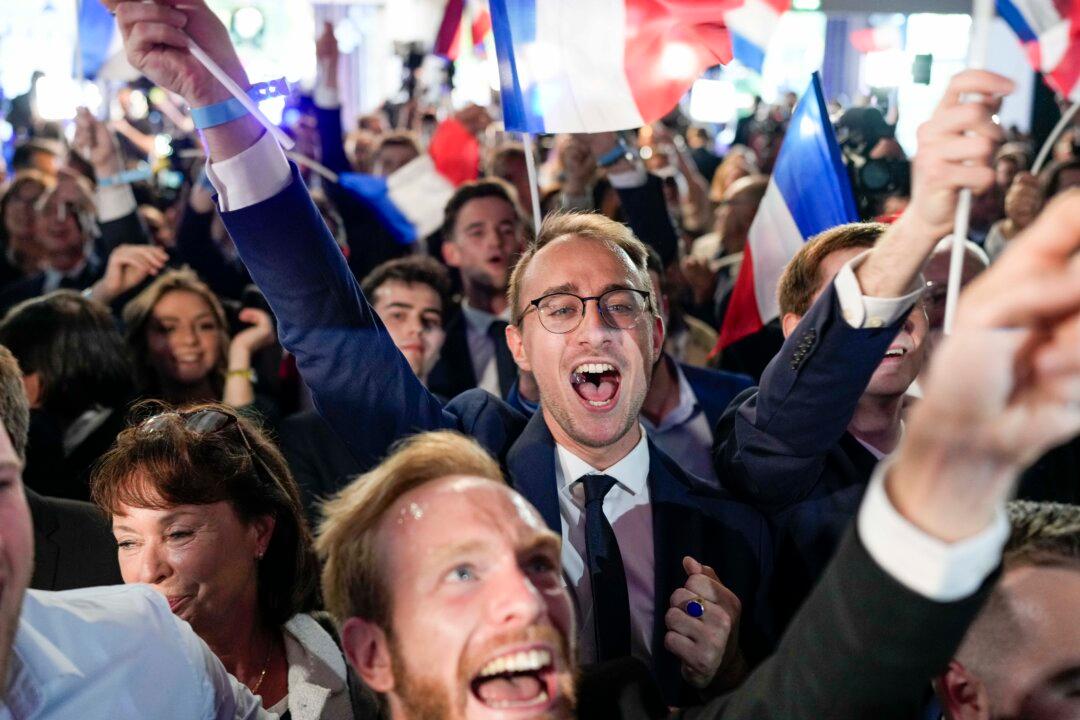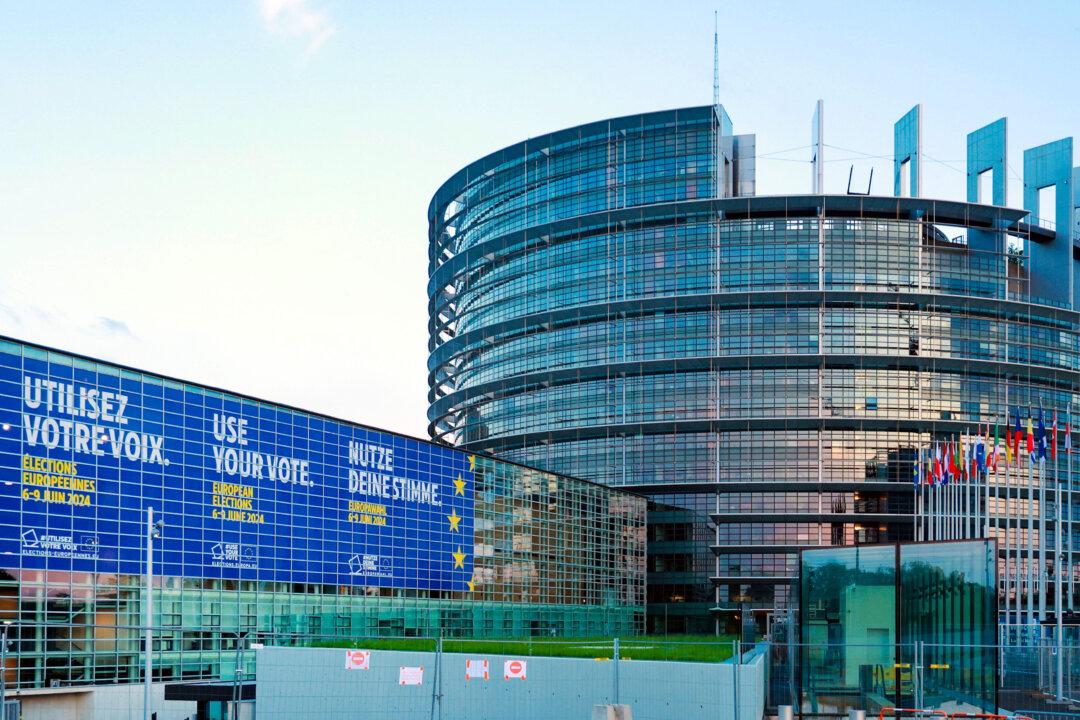The official number of COVID-19 deaths in China is far from real, judging by the growth in the funeral industry, according to a former U.S. Army microbiologist. The communist regime keeps covering up the actual number to tout its zero-COVID lockdown policy as successful.
When the Chinese communist regime abruptly ended its strictly enforced zero-COVID policy in effect for the past three years, an unprecedented outbreak of the virus had already begun in the final months of the policy.






